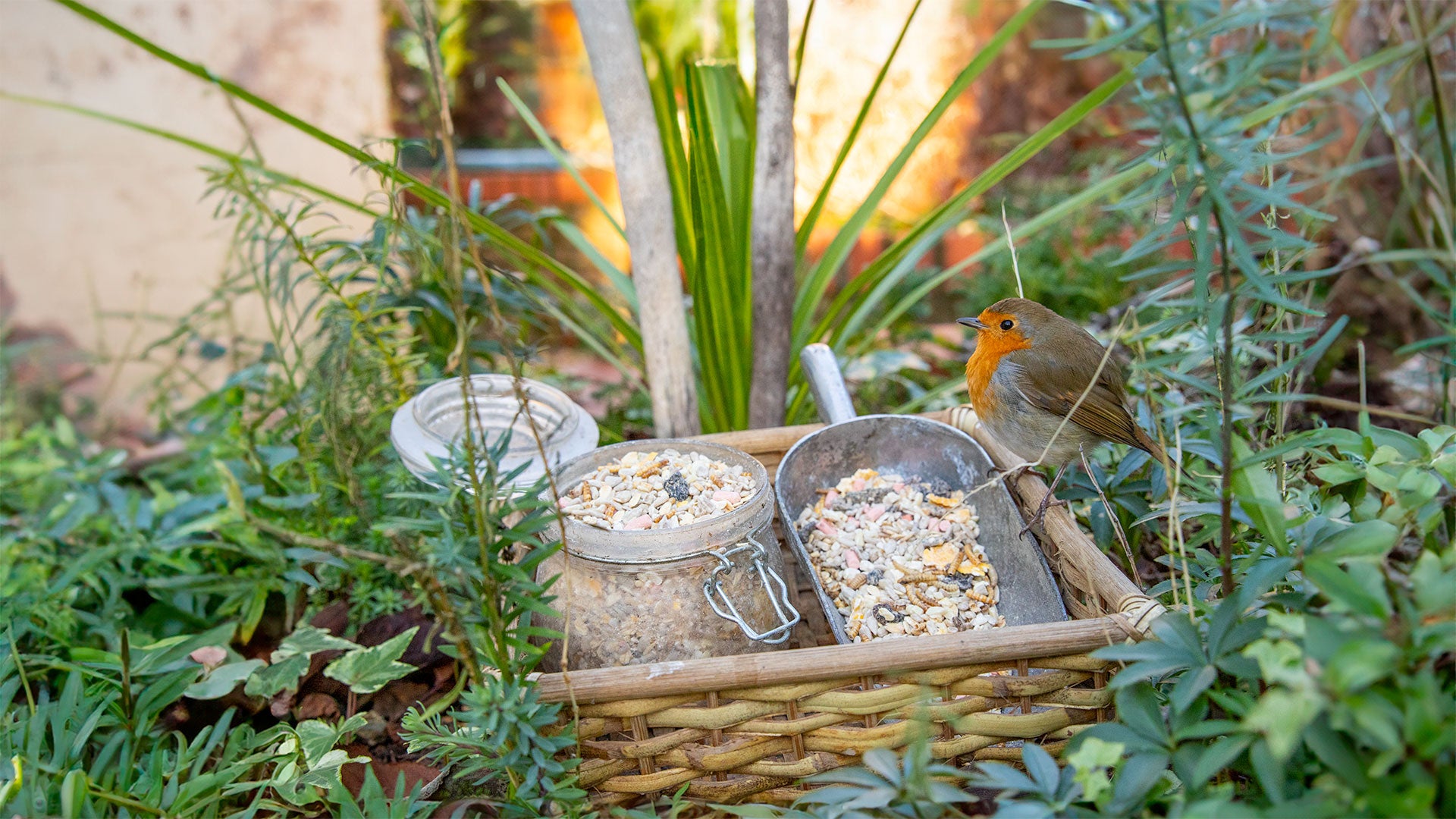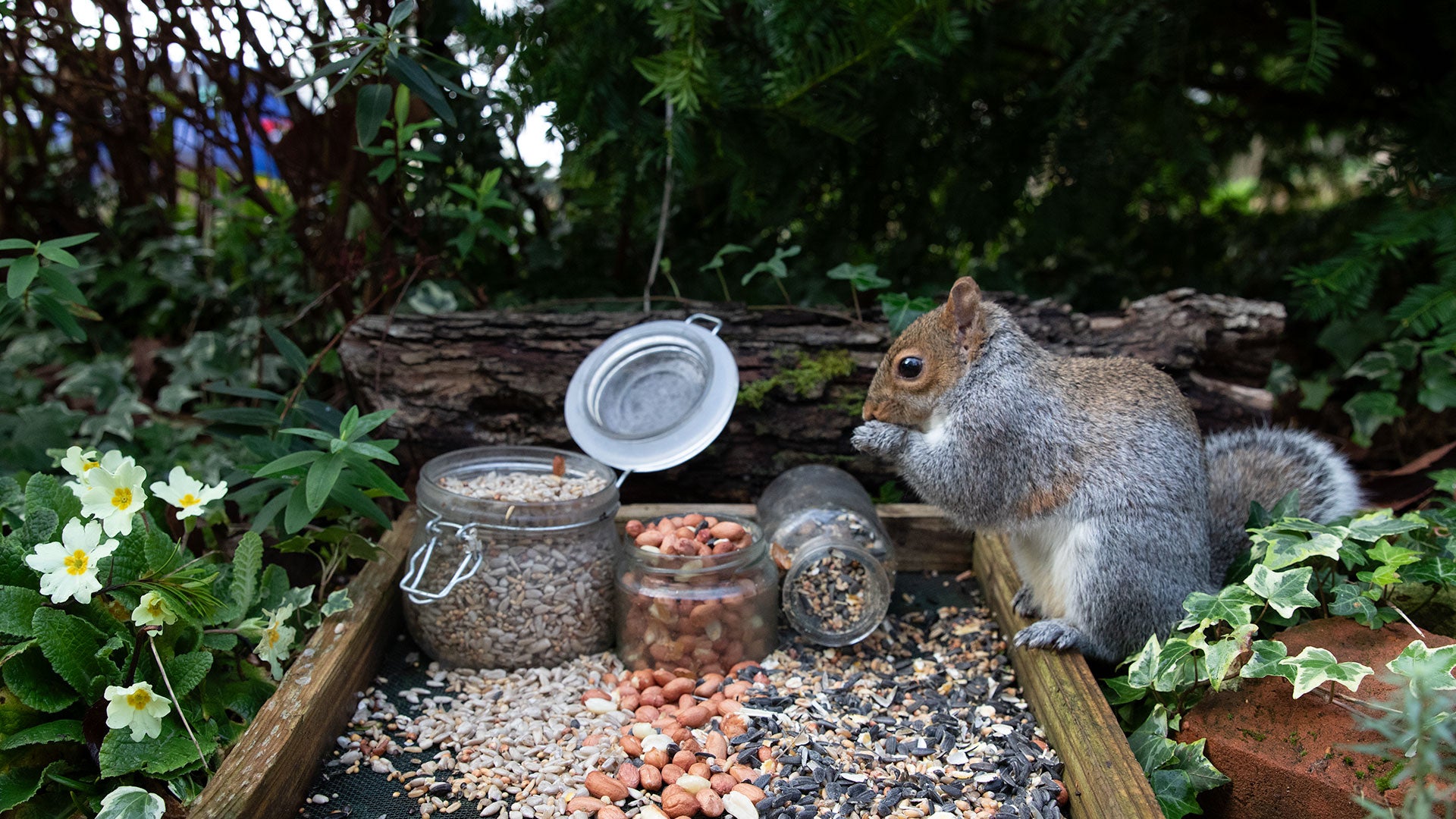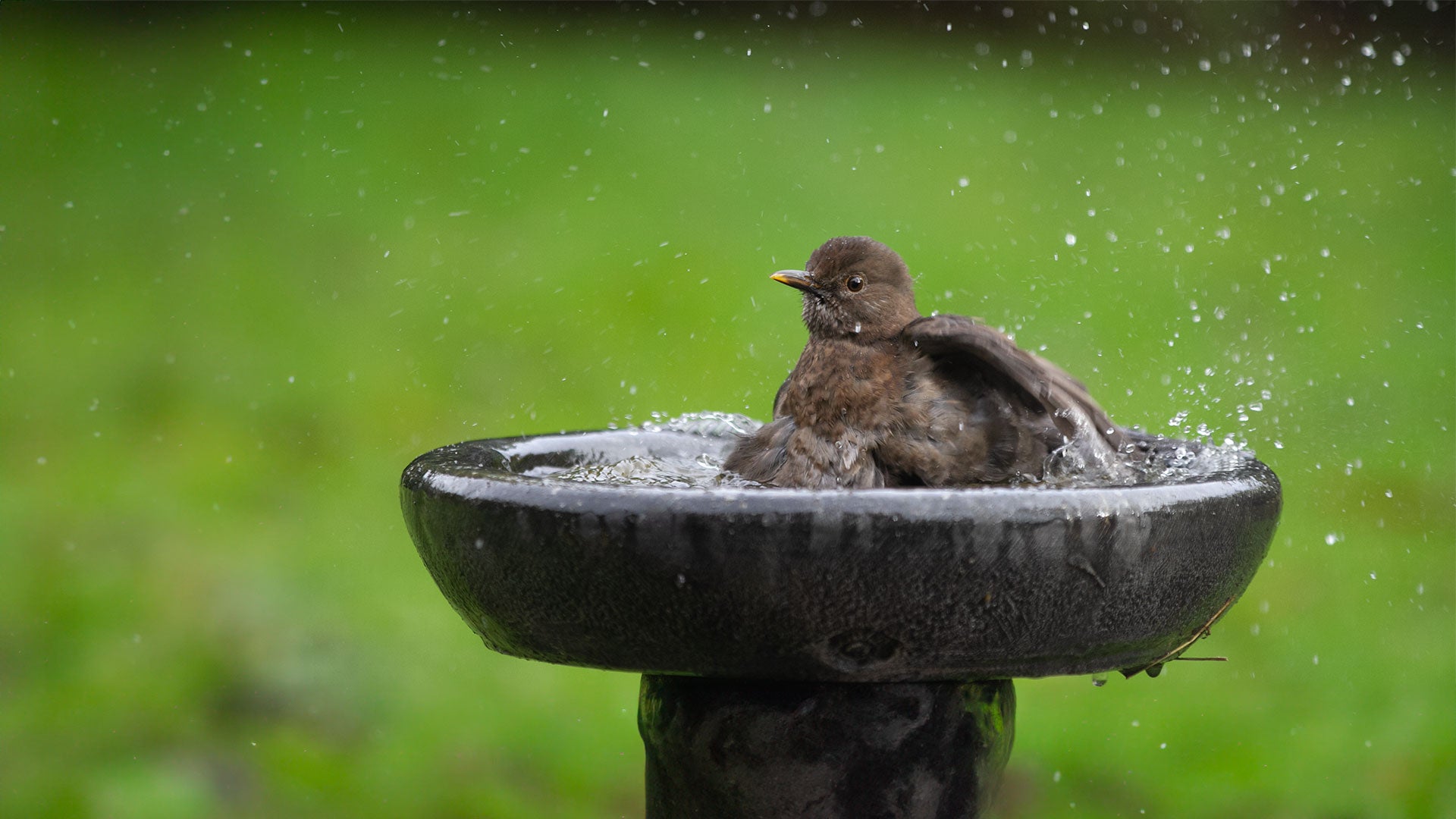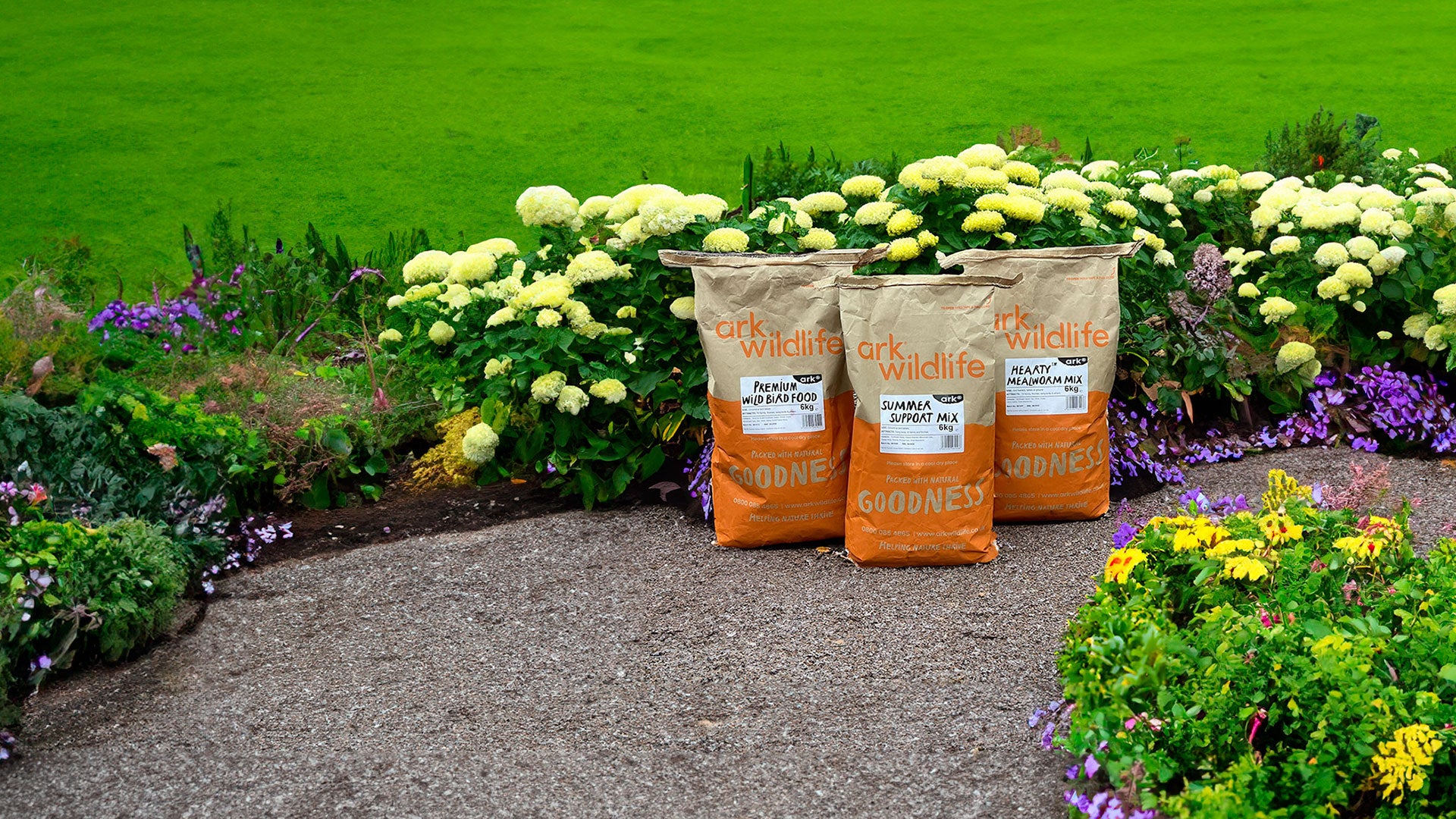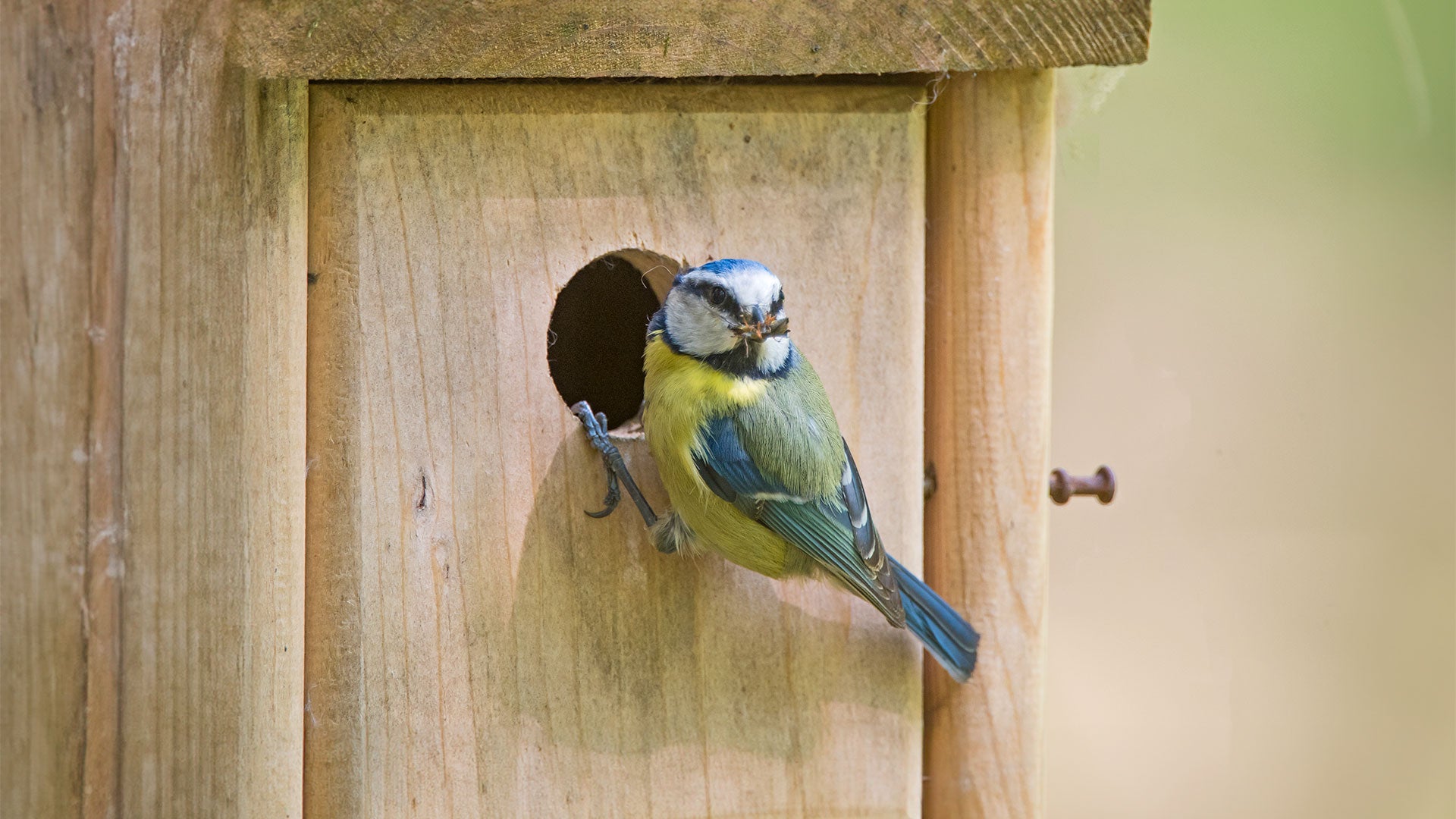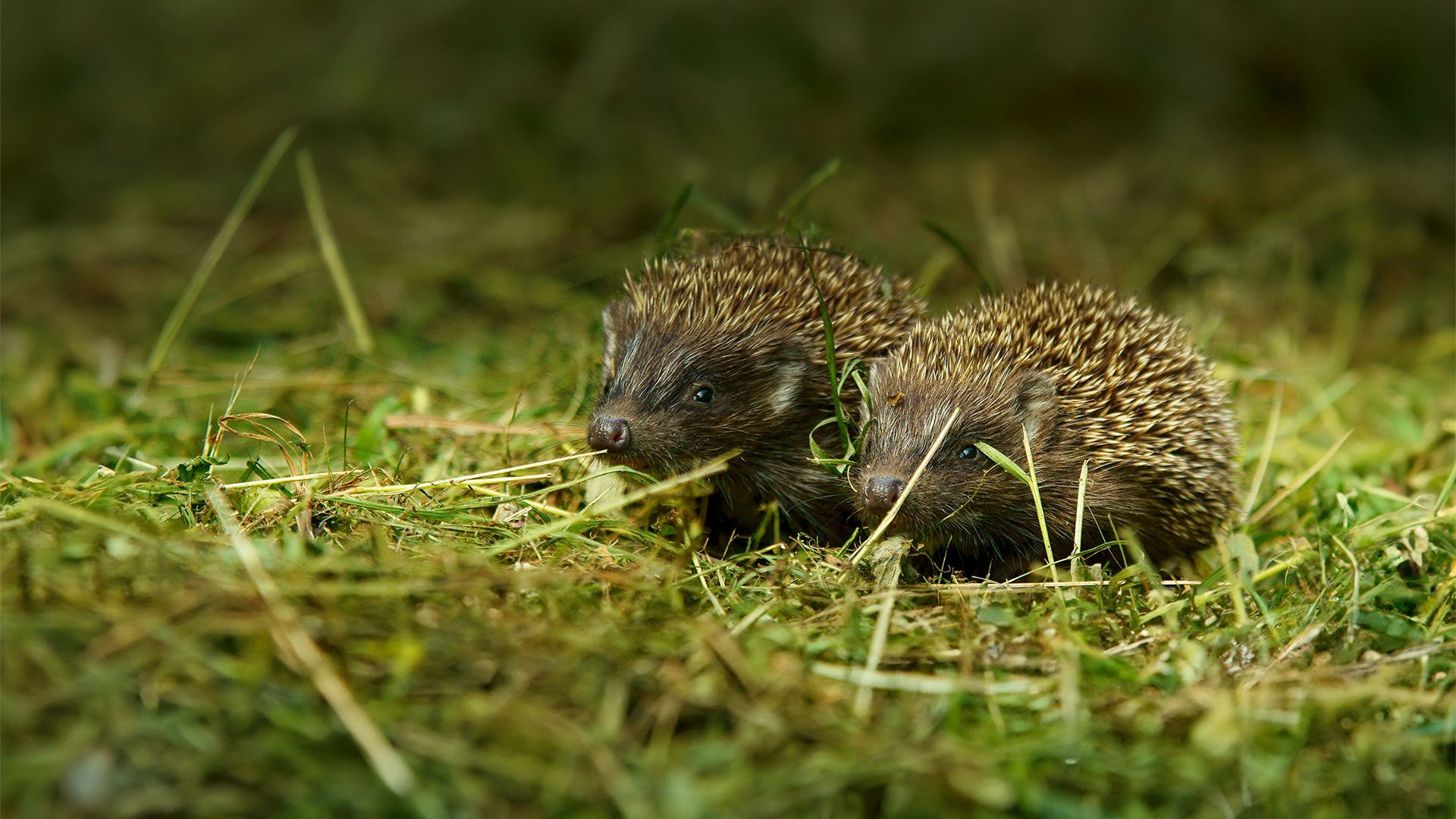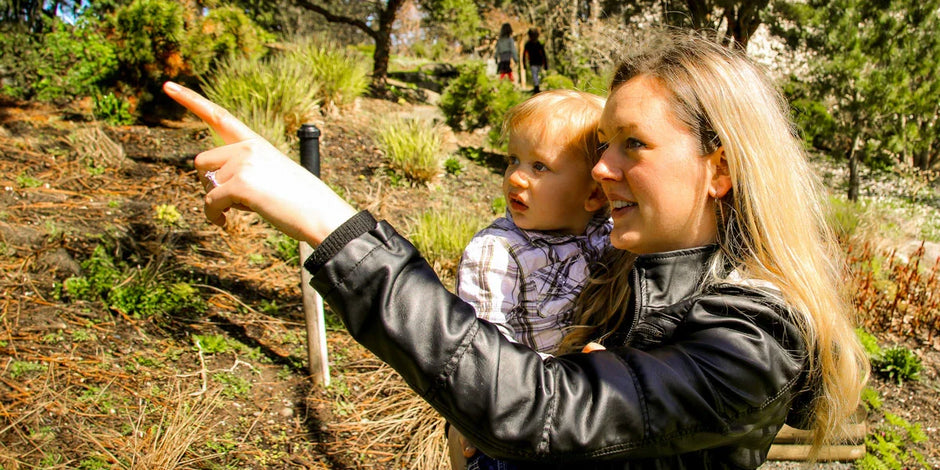Guest Blog - Author Bio:
Lydia Harvey is a long standing customer of Ark Wildlife and a passionate bird feeder. This blog discusses great spotted woodpeckers and tips how to attract them to your own garden.
Attracting woodpeckers to your garden
If you’re keen to see more woodpeckers in your garden – whether greater spotted woodpeckers, lesser spotted woodpeckers, green woodpeckers or even all three – there are a number of things that you can do to increase the likelihood of them appearing and make your garden more attractive. The three main ones are providing ample shelter and nesting places, offering a water supply and providing the correct types of bird food – and the same applies to most types of common garden bird in the UK.
As is true of bringing any wildlife into your garden, a good starting point is ensuring that the space isn’t too pristine or tidy. Well-tended lawns and tidy flower beds allow little room for shelter, but leaving some untended undergrowth and shrubbery to hide in makes a garden a better and much safer habitat for birds, allowing them to keep warm and hide from predators. So make sure you don’t cut the grass too often and you leave untidy patches around the edges, in which insects, and in turn birds, can thrive.
Building or buying nest boxes will help provide safe places for woodpeckers to live. If there are any dead trees in your garden, try not to remove them completely unless they are dangerous. Woodpeckers like to hollow out rotting wood and live inside tree stumps, so cut the dead tree down to a safe height that will stop it from becoming unstable and see if it becomes a habitat for woodpeckers. They also like to forage for food in living trees too, as they have beaks strong enough to break through the outer bark and search for insects and larvae inside.
What do woodpeckers eat?
A woodpecker’s diet consists of insects, grubs, spiders, tree sap, nuts, seeds, berries, dried fruits and flower nectar. If you want to feed woodpeckers in your garden you should place peanuts, sunflower seeds and fat in your feeder.
Offering food and water is especially important in attracting woodpeckers to your garden. Peanuts, sunflower seeds and fat or suet balls are best for hanging up or placing in a feeder, and it’s also worth discarding apple cores across your garden as woodpeckers will peck at these to see if they can find grubs inside. Rather than placing water on a bird table, put it on a dish at ground level in a well-sheltered corner of the garden.
Excess fat from cooking such as lard or dripping can be used to attract woodpeckers to your garden if you prepare it in the right way. Mix it with sunflower seeds, dried fruit and bird feed and once dried, find a container to place it in and hang it from a tree. You can also collect acorns and leave them strewn across the garden as woodpeckers like to munch on these.
What is the best feeder for woodpeckers?
Woodpeckers have slightly different needs to other feathered garden visitors. One of the most important considerations when choosing a woodpecker feeder is how easy it is for woodpeckers to grasp onto.
You’ll want a long bird feeder, ideally with a long tail prop, which is the part that sticks out at the bottom of the feeder and allows birds to cling onto the feeder while they eat. Gripping skerfs (ridges on the side of feeders) perform the same function.
Alternatively, you can try a long tube feeder, preferably one that squirrels can’t access. Since woodpeckers enjoy peanuts, tube peanut feeders can be a great solution.
Where do you place a woodpecker feeder?
Generally, it’s a good idea to select a quiet place for your woodpecker feeder, ideally with natural sounds (like some water or insect activity) close by. Like feeders for all types of bird, it’s best to position them out of cats’ reach.
Of course, trees are natural territory for woodpeckers, making them the obvious location for feeders. You can hang one from a branch (or your decking) using some rope or a chain.
If you’d like to see woodpeckers up close and personal, you can hang a feeder close to a window with a hook on a wall. Or you can even attach some feeders to the window itself, using a suction cup.
What food do woodpeckers hate?
Woodpeckers don’t just peck at wood: they can also turn their attention to your house, potentially causing damage to your property. To prevent that scenario, you can use bird feeders to draw them away from your house.
Alternatively, you can make food-based deterrents to keep them away altogether. They hate the smell of garlic, peppermint oil, cayenne pepper and tabasco sauce. Make a solution using any of those and spray it around the areas where you find them to humanely send them packing.
Lydia Harvey's Story

Ever since I was a child, walking on the common with my dad, I’ve spent a lot of my time staring up into the trees hoping to catch a glimpse of the elusive woodpecker as it makes its distinctive drumming sound high in the trees. On the odd occasion I’ve been lucky enough to see one as it flew from one tree to the next. My years of looking up finally paid off one day when I was walking the dog a couple of years ago, as I got to see a nest that had three very noisy woodpecker chicks peering out of it. I was delighted to have witnessed this and thought that would be my only amazing experience with woodpeckers.
Last year we moved from London to Dorset and as I stood in my new garden I couldn’t hear a single bird. I didn’t waste any time in trying to attract birdlife into the garden, so I bought some suet pellets, live mealworms and winter bird seed mix, cleaned and filled up the neglected bird feeder left by the previous owners and waited.

Slowly we started getting winged visitors to our garden, much to my delight these visitors included a nuthatch, chaffinches and long tailed tits, all of which I hadn’t seen for years. I couldn’t believe it when a Great Spotted Woodpecker flew into view scattering the smaller birds in all directions. This elusive bird that I had spent so long trying to spot high in the tree canopy, resulting in a few trips over fallen branches and roots, was in my garden.
Naturally as is usually the way, by the time I’d got the camera set up he’d flown off again. This game of hide and seek replayed itself for a few more days until I finally managed to get a photo through the window at the worst angle ever.

It just made me more determined to get a clear shot of this handsome bird. I set up a second feeder on the other side of the garden that still had plenty of protection nearby for the birds but also good angles and natural light for photographs. It took a while for the woodpecker to use the newly placed feeder, I’d see him fly into the willow tree and then fly back over the other side again. Then just as I was going out for the day I saw him on the feeder. I grabbed the camera and managed to get a few good shots through the window.
Over the next few days I finally managed to get some photos without a window between us. I realised that we actually had a pair of woodpeckers visiting the feeder, although never at the same time. In fact there was a ‘domestic’ on the fence one day when the female had come to feed and the male was still on the feeder. Why do you never have a camera ready when you need it!

Having the woodpeckers regularly visiting the feeders made it easier to recognise their calls and notice any change in behaviour. I was so excited when I noticed that the male was having his calls answered from the willow tree when I knew the female wasn’t around. Sure enough there was a juvenile Great Spotted Woodpecker hopping up one of the branches. He made sure to stay well hidden from predators and my camera, until one day he got brave enough to fly onto the roof of the woodstore. I was elated to finally get a photo of the female feeding the youngster.

Not to be outdone, a few weeks ago, a juvenile green woodpecker flew in for a visit, feeding on the ants and insects in the long grass and between the layers of the raised wooden beds. He obviously liked what he found as we now see him at least once a week or so too.
I can’t believe I’ve gone from craning my neck trying to spy a small bird in the trees, to having them regularly visit my garden and even start to pose for the camera.

